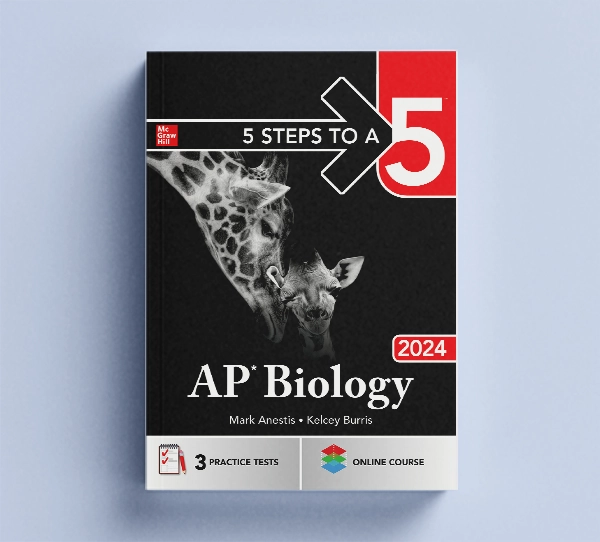Research Base
- The Effects of Theoretically Different Instruction and Student Characteristics on the Skills of Struggling Readers
This study investigated the effectiveness of combining enhanced classroom instruction and intense supplemental intervention for struggling readers in first grade. Further, it compared two supplemental interventions derived from distinct theoretical orientations, examining them in terms of effects on academic outcomes and whether children’s characteristics were differentially related to an instructional intervention.
- The Case for Early Intervention in Reading
This report shows that the latest research points to a critical truth: Early intervention in the primary grades can prevent reading problems for most children and significantly reduce reading disabilities. Early intervention allows students to get help before reading problems become entrenched and complicated by self-concept issues.
Other Scientific Research
- WWC Effective Literacy and English Language Instruction for English Learners in the Elementary Grades (Includes Reading Mastery and Early Interventions in Reading)
The What Works Clearinghouse study provides "strong" levels of evidence with recommendations for formative assessments, providing intensive small-group reading interventions, providing extensive and varied vocabulary instruction, and scheduling regular peer-assisted learning opportunities.
- Effectiveness of Spanish Intervention for First-Grade English Language Learners at Risk for Reading Difficulties
Original Lectura Proativa (Intervenciones temparnas de la lectura) study that shows students who participated in the intervention made significant gains over time in the critical elements of reading, including phonemic awareness, word attack, fluency, passage comprehension, and oral language skills. Instruction and intervention were conducted in Spanish, essentially creating a parallel to the sizable extant intervention literature with English monolingual students.
- Summary of Research for Early Interventions in Reading
This summary includes information on studies in Tallahassee, FL and Houston and Brownsville, TX.
- Teaching English Language Learners At Risk for Reading Disabilities to Read: Putting Research Into Practice
The interventions described may be useful to educators seeking information about Response to Intervention as a means of identifying ELLs who require services for learning disabilities.
- Teaching Struggling Readers Who Are Native Spanish Speakers: What Do We Know?
This work demonstrates that the language of instruction must be considered in designing interventions for native Spanish-speaking ELLs who are struggling readers. This precludes any approach that provides translation as a means of accessing instruction from English to Spanish, at least to teach foundational reading skills. Likewise, our studies demonstrate that native Spanish-speaking children respond positively to working with adults who scaffold instruction, taking into consideration the child’s culture.
- Use of Evidence-Based, Small-Group Reading Instruction for English Language Learners in Elementary Grades
Findings suggest that secondary-level reading interventions were highly effective for teaching early literacy skills to first- and second-grade ELL students. A large percent of the students in the sample responded to intervention, suggesting the benefits of secondary level, small-group reading instruction as a critical early intervention for ELL students at risk for reading failure.













































Social Studies
View all Social Studies Programs
IMPACT (K–5)
Actively Learn (3–12)
New Social Studies (6–12)
Networks (6–12)